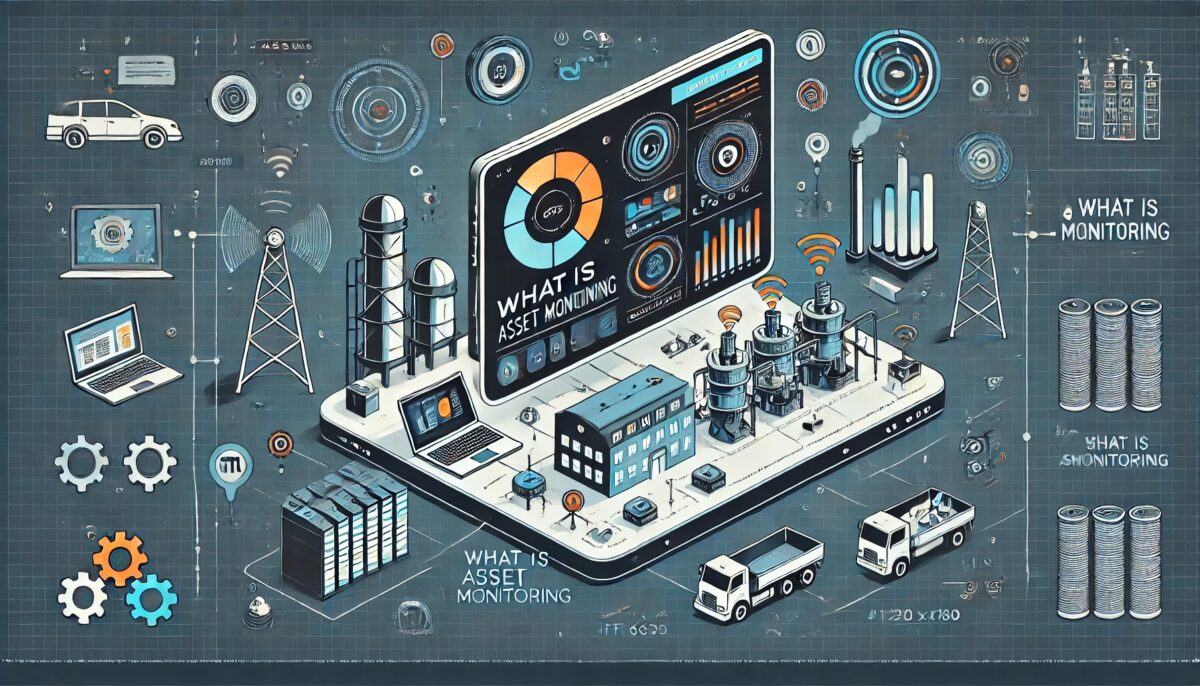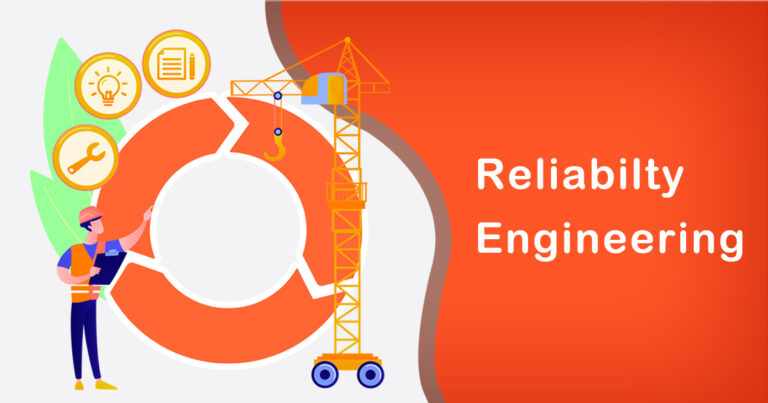Introduction
In today’s rapidly evolving industrial landscape, effective asset management is crucial for maximizing productivity and ensuring operational efficiency. Asset monitoring, a pivotal component of modern business strategy, plays a vital role in safeguarding investments, optimizing resource utilization, and minimizing downtime. This comprehensive guide delves into the essentials of asset monitoring, its significance in the Indian context, and how businesses can leverage it for sustained growth and competitive advantage.
Understanding Asset Monitoring
Asset monitoring encompasses the systematic process of tracking, managing, and maintaining physical assets throughout their lifecycle. It involves the use of advanced technologies, such as IoT (Internet of Things), AI (Artificial Intelligence), and data analytics, to gather real-time insights into asset performance, condition, and utilization. By continuously monitoring assets, organizations can proactively address issues, predict failures, and streamline maintenance activities.
The Importance of Asset Monitoring in India
In India, where industries span from manufacturing and logistics to infrastructure and agriculture, effective asset monitoring is critical across various sectors:
Manufacturing:
In the manufacturing sector, which contributes significantly to India’s GDP, asset monitoring ensures optimal utilization of machinery, reduces downtime, and enhances production efficiency. Real-time data from machines can help in predictive maintenance, preventing costly breakdowns.
Logistics and Transportation:
With a vast network of roadways, railways, and ports, efficient asset monitoring in logistics ensures timely delivery, route optimization, and fleet management. IoT-enabled sensors track vehicle location, condition, and performance, improving operational transparency and customer satisfaction.
Energy and Utilities:
In the energy sector, monitoring assets like power plants, transmission lines, and renewable energy installations is crucial for ensuring reliable supply, optimizing energy production, and minimizing environmental impact. Real-time monitoring helps in identifying energy losses and improving overall efficiency.
Infrastructure Development:
India’s ambitious infrastructure projects, including roads, bridges, and smart cities, rely on effective asset monitoring to ensure structural integrity, safety, and longevity. IoT sensors and structural health monitoring systems provide insights into asset condition and facilitate timely maintenance.
Key Components of Asset Monitoring
Asset monitoring comprises several key components that collectively contribute to its effectiveness:
Real-time Monitoring:
Utilizing IoT sensors and connected devices to collect data on asset performance, location, and operational metrics.
Predictive Analytics:
Leveraging AI and machine learning algorithms to analyze historical data and predict asset failures before they occur.
Condition Monitoring:
Monitoring asset health indicators such as temperature, vibration, and pressure to detect anomalies and potential issues.
Maintenance Optimization:
Implementing preventive and predictive maintenance strategies based on data-driven insights to extend asset lifespan and reduce operational costs.
Challenges and Solutions
Despite its benefits, implementing effective asset monitoring in India poses certain challenges:
Infrastructure Limitations:
In remote or rural areas, limited connectivity and infrastructure can hinder real-time data transmission. Solutions involve using satellite communication or localized data storage.
Data Security:
With increasing digitalization, securing sensitive asset data from cyber threats is paramount. Robust encryption protocols and cybersecurity measures are essential.
Skilled Workforce:
The need for skilled professionals proficient in IoT, AI, and data analytics poses a challenge. Upskilling programs and collaborations with educational institutions can address this gap.
Case Studies and Success Stories
Several Indian organizations have successfully implemented asset monitoring solutions:
Tata Steel:
Utilizes IoT sensors in steel manufacturing plants to monitor equipment performance and optimize production processes, reducing downtime by 20%.
Indian Railways:
Implements predictive maintenance using AI to anticipate equipment failures in locomotives and tracks, improving reliability and safety across its vast network.
Mahindra & Mahindra:
Integrates IoT in agricultural machinery to monitor soil conditions, optimize irrigation, and enhance crop yield, benefiting farmers across rural India.
Future Trends and Innovations
Looking ahead, the future of asset monitoring in India is promising:
Blockchain Technology:
Enhancing asset data security and transparency through decentralized ledger systems.
Edge Computing:
Processing data closer to the source to reduce latency and improve real-time monitoring capabilities.
AI-driven Insights:
Using advanced analytics to derive actionable insights and automate decision-making processes.
Conclusion
In conclusion, asset monitoring is not merely a technological investment but a strategic imperative for businesses in India to thrive in a competitive global economy. By harnessing the power of data and technology, organizations can achieve operational excellence, optimize resource utilization, and drive sustainable growth. As India continues on its path of industrialization and digital transformation, effective asset monitoring will play a pivotal role in shaping the future of various sectors, ensuring efficiency, reliability, and resilience.








